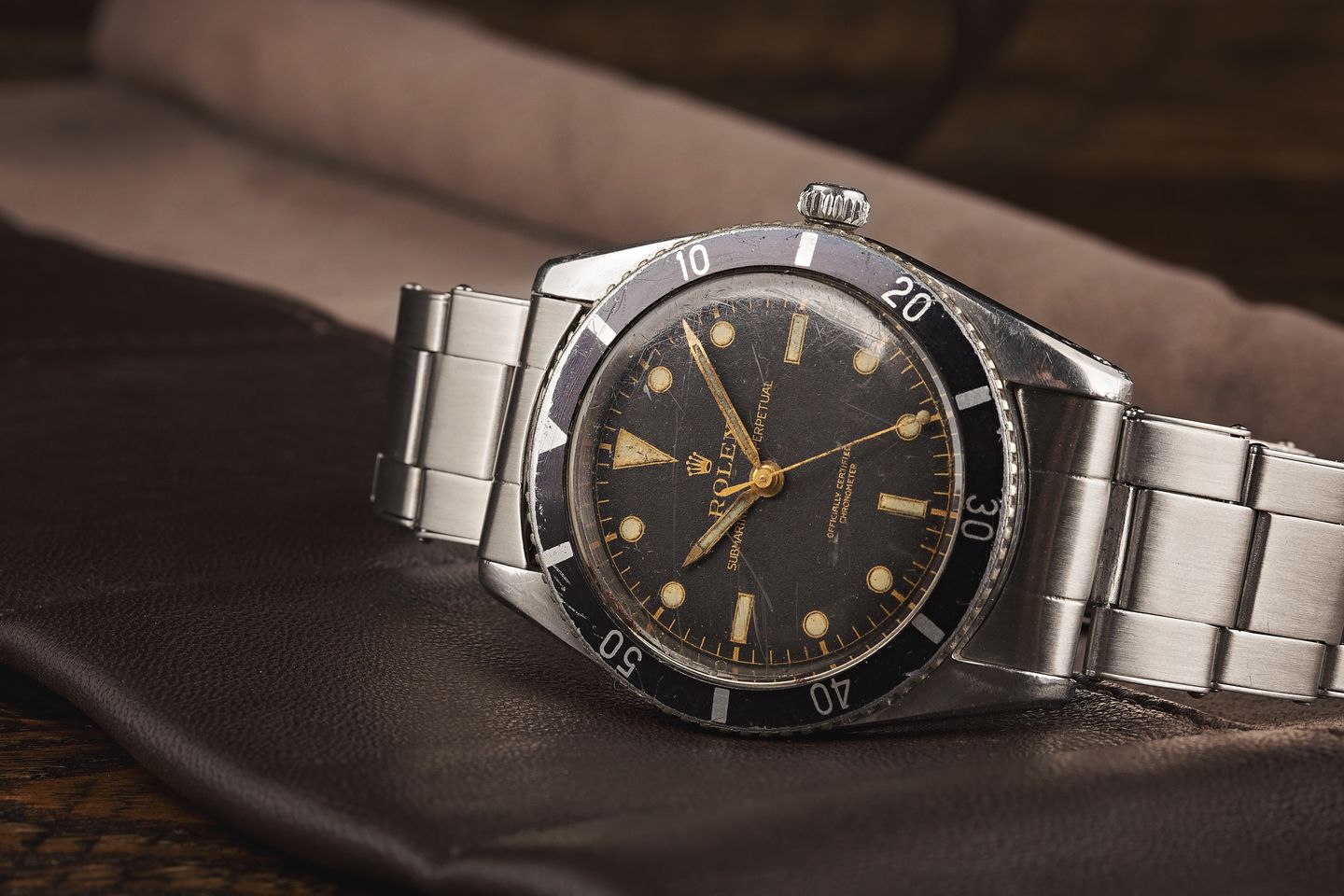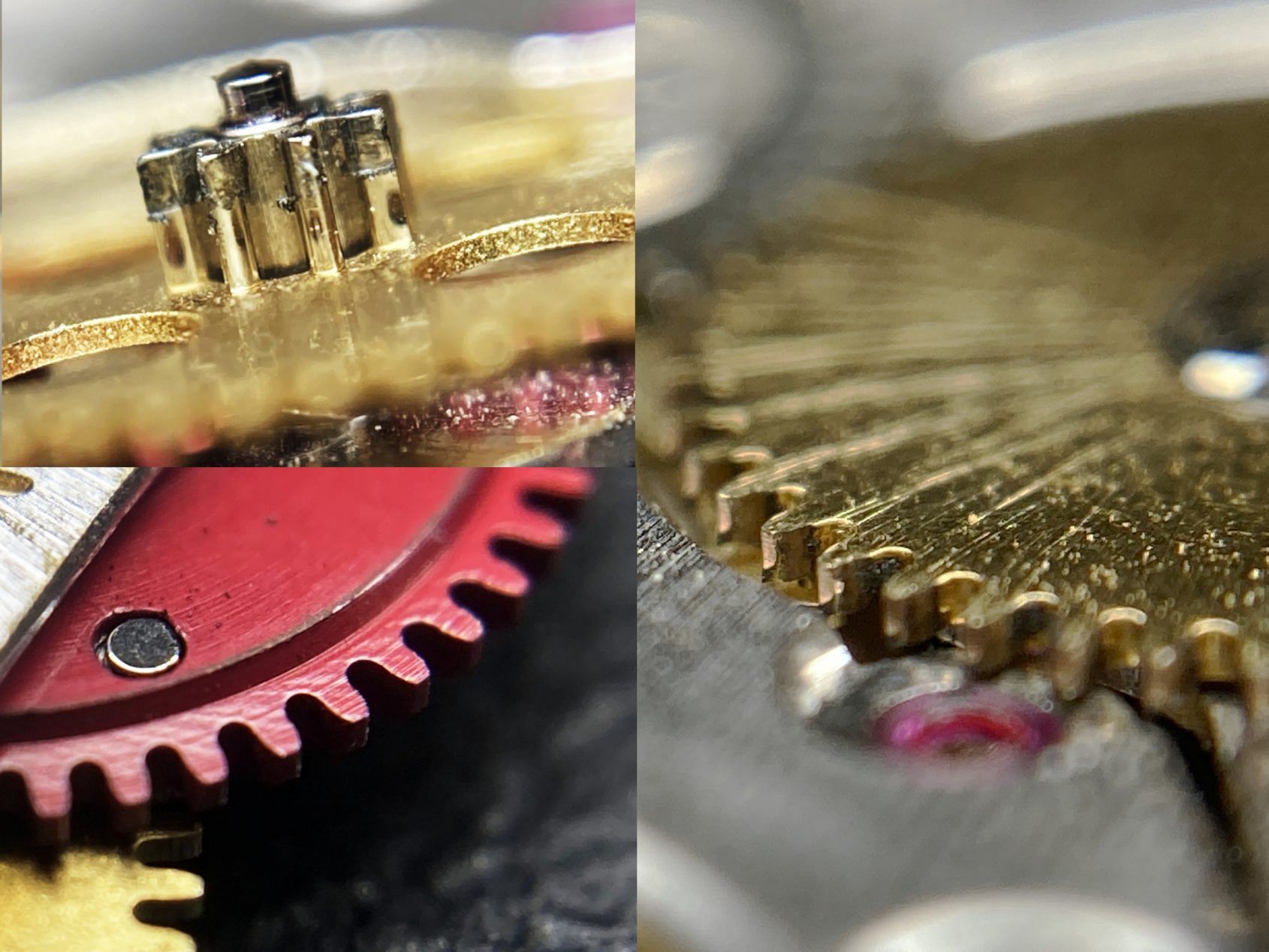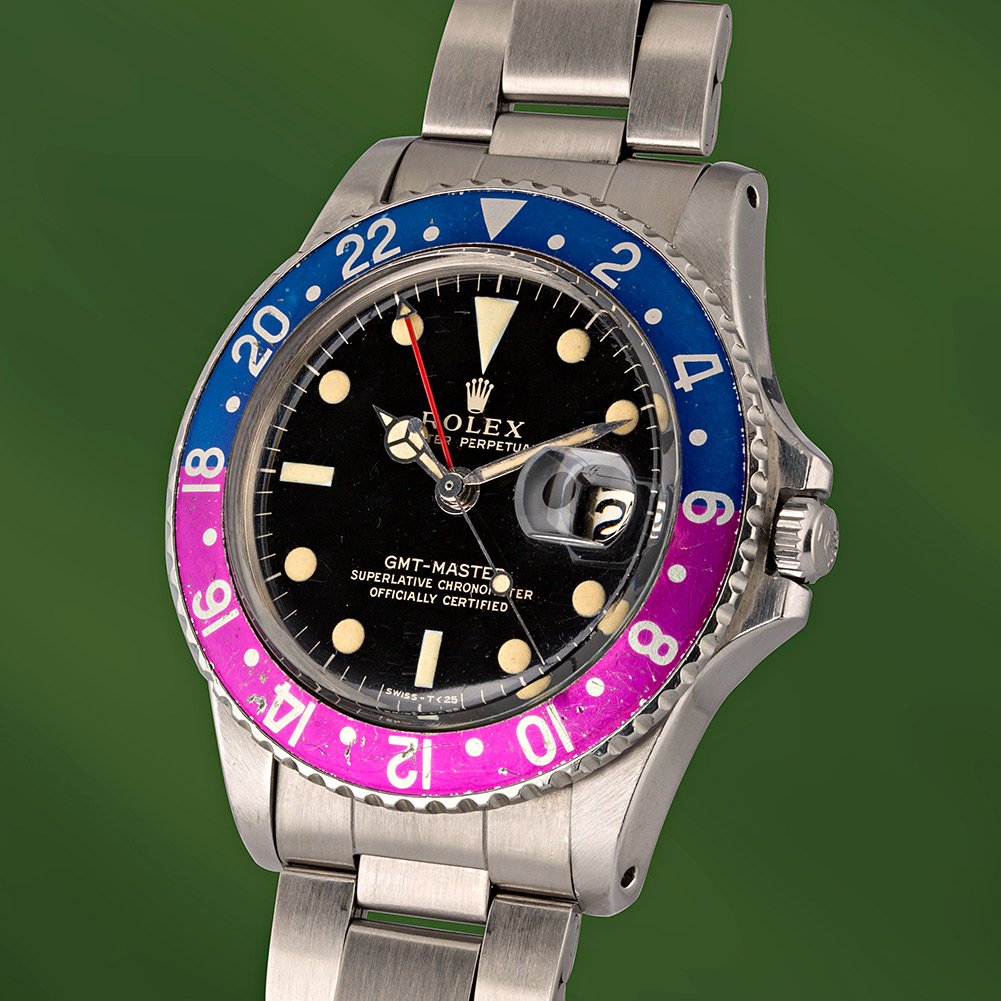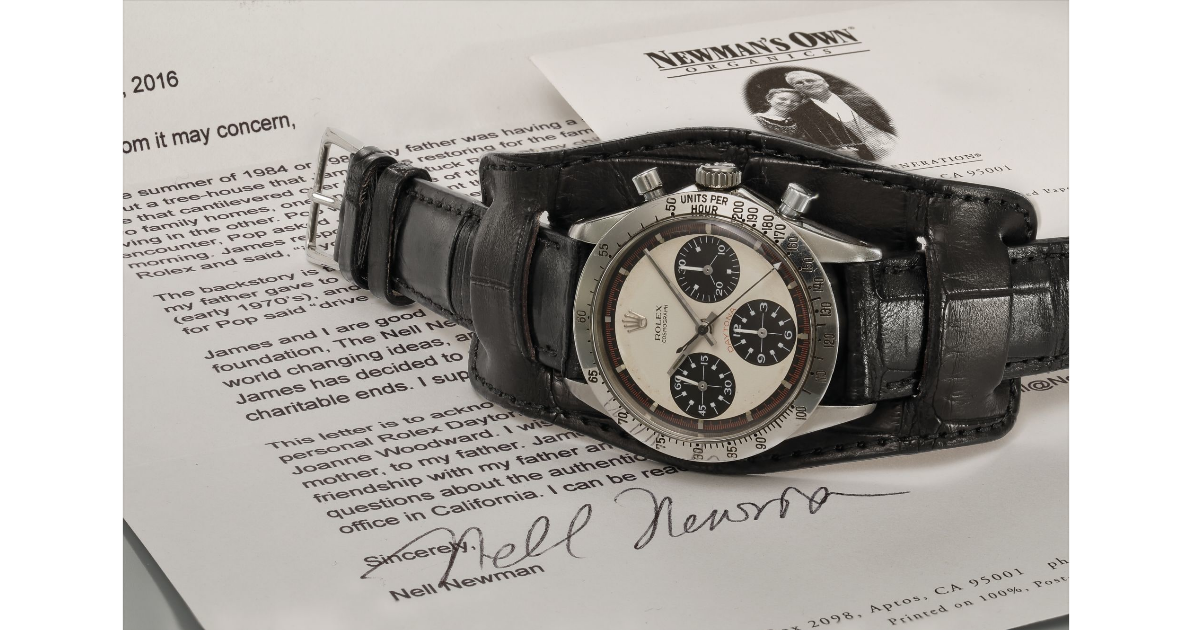Why servicing a vintage Rolex will only get harder and more expensive
Zach BlassYou’ll have heard this about vintage watches before: tread carefully when you have these pieces serviced and who you allow to work on them. With Rolex, in particular, you’ll be aware of the dangers of having the factory service their vintage watches and the horror stories of these coveted watches losing the elements that make them so valuable in the process. Rolex’s own service centres are not like Patek Philippe or Audemars Piguet. They do not have a heritage department to painstakingly restore and re-fabricate vintage parts in order to keep everything period correct. Instead, their objective is to make their watches as robust and high-performing as possible. So while many consumers appreciate faded bezels and patinated dials that have lost their lume, Rolex does not. They will, in fact, replace these components with modern alternatives and, in terms of polishing, will likely refinish even if you demand they leave the case and bracelet untouched. But a less acknowledged and even harsher reality to servicing vintage Rolex has been raised by watchmaker Jordan P. Ficklin via a post here on ProfessionalWatches.com: there are only a finite number of period correct parts left and, as the supply dwindles, they will only get harder and more expensive to source.

Ficklin makes a key distinction between watch repairers, classifying them as either ORJ (Official Rolex Jewellers) or NRJ (Non Rolex Jewellers). For the first eight years of his career, he had access to these parts working for an ORJ – able to obtain most of the parts he needed with relative ease or on an exchange basis for components such as dials. According to Ficklin, “[At the time] There were still many Non Rolex Jewellers (NRJ) who also had access to parts, probably about 300 in the United States. The market for vintage Rolex sports models had not yet exploded. Sure Double Red Sea-Dwellers were commanding a premium, but most models brought the same prices as their current iterations. Nearly half of the Rolex watches I was repairing had some version of the Rolex 1530 in them and I could get any part for them.”
The explosion of the vintage Rolex marketplace, Ficklin notes, not only caused the premiums to rise on these pieces, but also heavily increased the demand for these parts for repairs. With fewer watchmakers officially capable of receiving parts from Rolex, and with fewer period correct parts available regardless of official access, the cost to acquire correct parts and service vintage Rolex dramatically soared.

Today, with Rolex only servicing their vintage timepieces on their terms, many have turned to their own trusted local watchmakers to take care of the prized Rolex watches. But while it is much more likely these watchmakers will respect your restoration wishes, it is becoming more and more of a challenge for them to do so due to the availability of parts. It can also jeopardise their relation with Rolex if they are a certified ORJ. Ficklin explains, “ORJ watchmakers are not supposed to service these calibers and NRJ watchmakers can no longer order parts for the Rolex 15xx calibers.”
In fact, the number of watchmakers with access to Rolex parts are exponentially decreasing. Ficklin estimates that there are only 50 watch services in the USA who can still source these period correct parts, with the remainder likely using generic parts or components sourced from the grey market.

This means having a parts account with Rolex is now increasingly unobtainable and has started to mirror the experience of many consumers who are unable to buy watches at retail without VIP status. Ficklin elaborates: “A parts account with Rolex is a precious commodity. Very few watchmakers are willing to jeopardise their relationship with Rolex by selling parts on the grey market. Most of the parts currently available were in somebody’s inventory when Rolex closed their account.”
All this results in one of two things. Route one: a former ORJ will leverage their hoarded parts before their account closure to sell to other watchmakers at a premium. Route two: they have such a high-demand for servicing that they will refuse to sell these parts to others in fear they themselves will run out.
Ficklin believes this fear is totally appropriate, too. The demand for the parts has far outpaced the level of supply with the vintage Rolex boom, which means that both watchmakers and owners have to be on high alert like never before. According to Ficklin, “The supply of parts in the market will never be replenished. Parts that could be purchased by a NRJ watchmaker directly from Rolex for $20-$30 just a year ago are now selling for $200-$300 on eBay and continue to rise.” These costs are then placed onto the consumer and that doesn’t even factor in the labour costs of actually spending the time to work on the watch.

So what does Ficklin suggest when it comes to your vintage Rolex watches? If you’ve just acquired the watch, he believes you should have it inspected even if the trusted seller claims it has been recently serviced. This way if it just so happens there is still work to be done, you have more of a chance to properly service it with the remaining parts in circulation.
For pieces already in your collection, he would suggest you do not adopt the “wait until it stops running properly” philosophy unless you are certain the parts needed are readily available through your watchmaker. Even then, the longer you wait the more likely the parts will carry an even higher cost or premium.
Ficklin explains: “The components in these old watches are very well made. Watches that are serviced regularly (about every five years) won’t wear out. It is the time period after the oils have degraded but the watch is still running when damage occurs. If you wait until the watch isn’t running well, or has come to a stop you can count on a very large repair bill. Suddenly the extra cost of parts could far exceed the cost of additional services.”

The irony is that the most coveted lots at auctions that are untouched and original will probably command the largest service bills to maintain. Watches in amazing conditions externally are often a signal that the watch has not been serviced, which means the internal parts are likely due for a swap. “If the watch was well cared for that service might be only $1000 – $1500, but if the watch has been neglected you may end up paying $2000+ to get it running well again,” Ficklin explains.
“Which watches are the neglected watches? Well, the most desirable ones of course. If it has never been polished, it probably has never been serviced. If the dial has a lovely ‘patina’ it probably has been exposed to some moisture. If it still has the original tritium hands it probably hasn’t been to Rolex for service any time in the last 20 years.”
Even if the watch has been kept running does not guarantee the watch is still water-resistant nor that the parts inside will not need to be replaced. Without proper oiling it is very likely that parts have become so worn that they cannot just merely be cleaned and re-oiled but will need to be replaced entirely.
This precious information is very important to consider when looking into vintage Rolex. If you’re making your auction spreadsheet to determine what your max bid can be, don’t forget to include a service premium column as it’s an inevitable and necessary cost to incur if you want to protect your investments properly.



